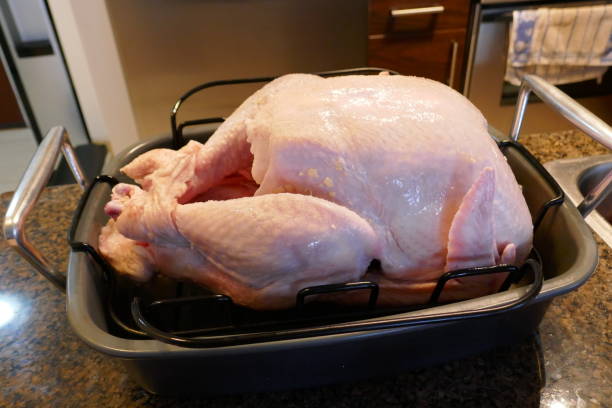A taste of honey and the words to describe it
Describe honey. It’s not as simple as you may think.
“Most people just say ‘sweet,’” said Amina Harris, director of the Honey and Pollination Center at UC Davis’ Robert Mondavi Institute for Food and Wine Science. “But honey is so much more.”
Depending on its nectar source, honey can be floral, fruity, smoky, woody, spicy, nutty or earthy. It can smell fresh as grass or pungent like aged cheese. It can look nearly clear as water or dark as molasses.
In an effort to help consumers as well as honey professionals find the right words, the center developed a new "Honey Flavor and Aroma Wheel," a tool to build a universal honey vocabulary. After a year of testing and tinkering, the honey wheel is available to the public through the UC Davis bookstore for $10 at honey.ucdavis.edu/products.
Modeled after familiar wine or cheese flavor wheels, the honey wheel contains more than 100 descriptive words for honey that go way beyond “sweet.” Its 10 “confectionary” terms range from “brown sugar” to “marshmallow,” but 27 kinds of fruit and berries stretch from “strawberry” to “pineapple.” Some aroma terms may not sound particularly appetizing (such as “locker room,” “cat pee” or “barnyard”), but every scent or flavor was detected by at least one of the 20 volunteer tasters.
The need to better describe honey follows the growing popularity of honey varietals. Also called mono-florals, these varietal honeys come from primarily one source of nectar such as clover or orange blossoms. More than 300 varietal honeys are produced in the United States.
Taste the differences
American honey comes in more than 300 varietals, based on the nectar source. That nectar gives each honey its distinctive taste. Here’s a snapshot of some popular varietal honeys and uses, with suggestions from the National Honey Board:
Alfalfa: A legume grown as livestock feed, this crop ranks as the most important honey plant in Utah, Nevada, Idaho, Oregon and most of the Western states. Alfalfa honey is an extra light amber in color with a delicate flavor, perfect for everyday use as a general sweetener.
Avocado: A California specialty, this honey has a dark color and rich, buttery taste. Try it in salad dressings.
Blackberry: With a strong floral scent, this fruity honey tastes like fresh berries - especially if from the Pacific Northwest. It has a light amber color and slightly sour taste with hints of citrus and vanilla; delicious with cheese.
Blueberry: Made with nectar collected from blueberry bushes and primarily produced in Michigan and New England, this amber honey has a distinctly blueberry flavor. It's great in baked goods or sauces.
Buckwheat: A native plant, buckwheat is not actually a wheat (it's related to rhubarb), but it's a favorite food for bees. Buckwheat honey is pungent, dark molasses brown with a distinctive malty flavor and lingering aftertaste. Try it in baked goods and barbecue sauce.
Clover: Sweet and delicate, this is what most people think of as "typical" honey. Clover is considered the most common nectar plant for honeybees, but various species of clover (white Dutch, red, white sweet, etc.) add their own distinct flavor notes, often slightly spicy.
Eucalyptus: This California specialty varies by the species of eucalyptus tree, but the honeys are typically bold in flavor with a slightly medicinal aftertaste and scent. Use it sauces, dressings or to treat a sore throat.
Orange blossom: This honey smells like an orange grove with fragrant floral notes. It's also popular in Florida, Texas, California and Arizona. The flavor can be fruity and floral, too, with a buttery vanilla finish. It's a great table honey, but also try it in cookies, cakes and other baked goods.
Sage: Popular in Western states, sage honey has a light color and delicate flavor. Like clover, there are many species of sage and those add their own flavor notes. Its overt sweetness pairs well with strong cheeses.
Tupelo: A Southeastern specialty, this honey originates in Florida and Georgia where tupelo trees grow wild. With a tropical scent, the flavorful light-amber honey has a complex berrylike taste with slightly bitter and sour notes complementing its basic sweetness. It rarely crystallizes.
Wildflower: About a quarter million species of plants come under the category "wildflower," so honeys in this category will vary wildly depending on their source.

